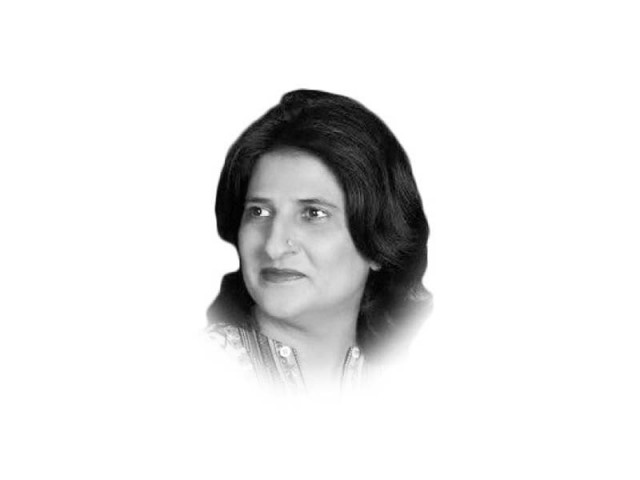SCO offerings and Pakistan, India relations
The political philosophy needed in the emerging multi-nodal world is grounded in the above-mentioned four points.

The 23rd Meeting of the Council of the Heads of Government of the Shanghai Cooperation Organisation (SCO) Member States, being hosted in Islamabad on October 15-16, 2024, is surely an important event for Pakistan. At this event, the Global South will discuss a kind of new world order based on new global security arrangements, a new design of global civilisation, new global connected networking, and new global economic reforms.
The political philosophy needed in the emerging multi-nodal world is surely grounded in the above-mentioned four points. Nevertheless, the ground realities in South Asia raise several questions including whether the SCO can resolve border disputes; enhance people-to-people contacts; and develop high trade among Pakistan, India, Russia, Central Asian States and China because these are some chapters of the SCO success story written in the last 20-plus years. Honestly speaking, answers to the questions are not yet available.
The SCO is the successor to the Shanghai Five comprising China, Kazakhstan, Kyrgyzstan, Russia and Tajikistan. At the inaugural announcement event, Uzbekistan was invited as an Observer and it joined the new formation the same day. The SCO Charter was signed during the St Petersburg Heads of State Summit in June 2002 and the Charter came into force on Sept 19, 2003. Pakistan and India joined SCO as full members on June 9, 2017, at the Astana Summit.
The SCO is a prodigious success story for Central Asian States as this platform resolved 90% of border disputes among them through SCO sideline meetings. Can it help Pakistan and India resolve the Kashmir issue? Only time can tell.
Since all Central Asian States were part of the former Soviet Union, the SCO logo had two languages - Russian and Chinese. And English that is widely spoken, and the semi-official language in Pakistan and India, is not yet embedded into the SCO logo.
Since SCO is born out of the Shanghai Five, we have to review the Shanghai Five document to understand the aims and objectives that are transferred to SCO because the aims and objectives are the same but with new explanations and diction. The Shanghai Five was established on April 26, 1996, in Shanghai after the Treaty on Deepening Military Trust in Border Regions was signed by China, Kazakhstan, Kyrgyzstan, Russia and Tajikistan. The focus of the treaty was resolution of border disputes among members because these former Soviet states were locked in border issues among themselves and with China.
On April 24, 1997, China, Kazakhstan, Kyrgyzstan, Russia and Tajikistan signed the Treaty on the Reduction of Military Forces in Border Regions. The first two meetings of the Shanghai Five focused on security CBMs in the border areas between them, as these countries share over 7,000 km long border with China and border problems were a potential threat to the ties. It was also decided that their military forces would not engage in any offensive activities within the border areas; would not conduct military exercises against each other; would limit the scale, level and frequency of military exercises in the border areas; would inform each other about their respective major military activities in the areas within one hundred kilometers from the borders; would invite each other to observe their planned military exercises; would prevent dangerous military activities in the border areas; and would enhance friendly exchanges between the military forces and border patrol forces along with the border areas.
The foremost question that arises is: can Pakistan and India reach this level of understanding and coordination?
Another important achievement of SCO is people-to-people contact and high trade among member states. Since all Central Asian States were former Soviet republics, they have very soft visa regimes. Also the Chinese visa regime is also quite soft for Central Asian countries and Russia. All this is just a dream in the context of Indo-Pak ties, but we know only dreamers can change the world.
















COMMENTS (2)
Comments are moderated and generally will be posted if they are on-topic and not abusive.
For more information, please see our Comments FAQ